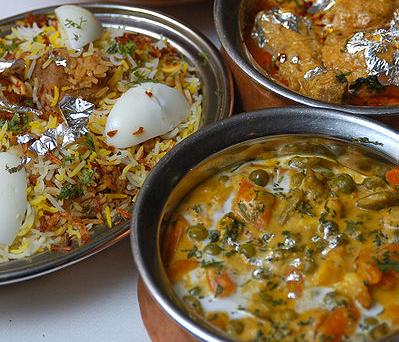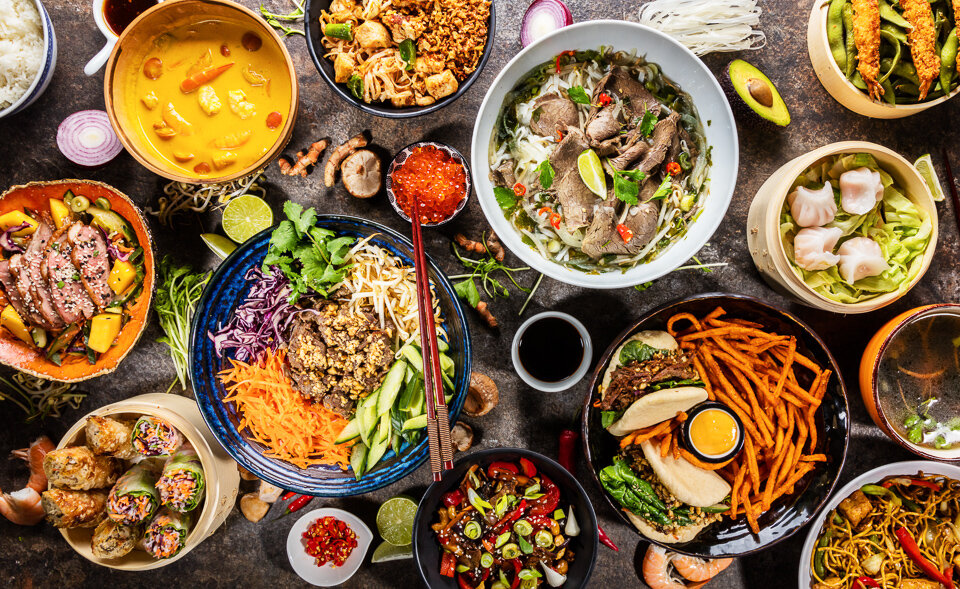The Essential Guide to Safely Preserving and Storing Your Food
Preserving and storing food properly is crucial to ensure its freshness, reduce waste, and save money. Whether you grow your own produce, buy in bulk, or want to extend the shelf life of perishable items, following proper food preservation techniques is essential. In this guide, we’ll explore the best practices for safely preserving and storing food, so you can make the most of your ingredients and minimize food waste.
1. Canning: A Classic Preservation Method
Canning is a popular method for preserving food in airtight jars. It involves heating the jars to kill bacteria and stop enzymes from spoiling the food. From fruits and vegetables to jams and sauces, canning allows you to enjoy seasonal produce all year round. Ensure your jars are clean, use appropriate canning recipes, and follow proper processing times and techniques.
2. Freezing: A Convenient Preservation Technique
Freezing food is a simple and convenient way to preserve it for a longer shelf life. Most fruits and vegetables can be frozen but require certain preparations, such as blanching, to retain their quality. Ensure you have space in your freezer for proper air circulation, package food in airtight containers or freezer bags, and label them with the date to maintain organization.
3. Drying: Preserving the Flavors of Your Ingredients
Drying is an age-old food preservation method that removes moisture from the food, hindering the growth of bacteria and mold. Fruits, herbs, and even meats can be dried for long-term storage. Use a food dehydrator, oven, or air-drying method to remove moisture while preserving the flavors. Store dried foods in airtight containers in a cool, dry, and dark place.
4. Fermenting: Enhancing Flavor and Boosting Health
Fermentation is a preservation technique that transforms food using beneficial bacteria or yeast. Yogurt, sauerkraut, and kimchi are examples of fermented foods that not only have extended shelf life but also offer health benefits. Temperature, salt concentration, and time are crucial factors when fermenting food. Research and follow trusted recipes to ensure the right conditions for fermentation.
5. Refrigeration: Maximizing Freshness and Safety
Proper refrigeration is vital to ensure food safety and prevent spoilage. Keep your refrigerator temperature at or below 4°C (40°F) to inhibit bacteria growth. Store perishable foods such as raw meat, dairy, and leftovers in sealed containers or covered with cling wrap. Regularly clean your refrigerator to avoid cross-contamination and eliminate lingering odors.
6. Organization: Key to Minimizing Food Waste
Maintaining an organized food storage system is essential to avoid waste and efficiently utilize your ingredients. Practice the “first in, first out” (FIFO) rule by placing older items in front and newer ones at the back. Use clear containers or labels to easily identify the stored food and keep track of expiration dates. Regularly declutter your pantry and refrigerator to minimize the chances of overlooked items.
7. Safety Measures: Protecting Your Food and Yourself
To ensure safe food preservation, it’s crucial to follow basic safety measures. Wash your hands thoroughly before handling food. Use clean utensils, cutting boards, and equipment when processing and preserving food. Practice good hygiene and safe food handling techniques to prevent contamination.
By following these essential guidelines for safely preserving and storing your food, you can extend the shelf life of your ingredients, reduce food waste, and enjoy fresh, homemade meals all year round. Experiment with different preservation methods, find what works best for you, and savor the flavors of your preserved goodies. Remember, proper preservation techniques not only save you money but also contribute to a more sustainable and eco-friendly lifestyle.











